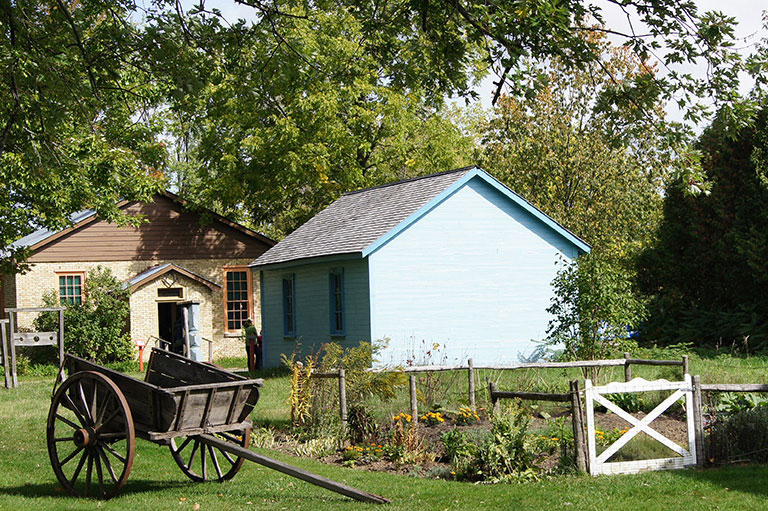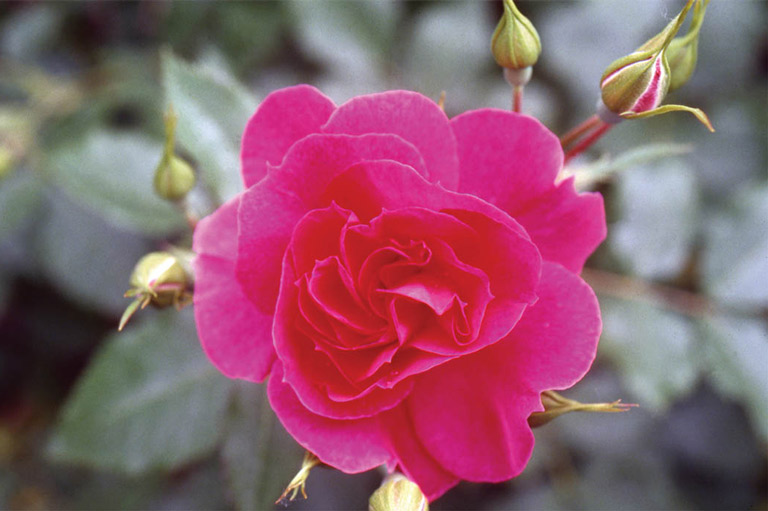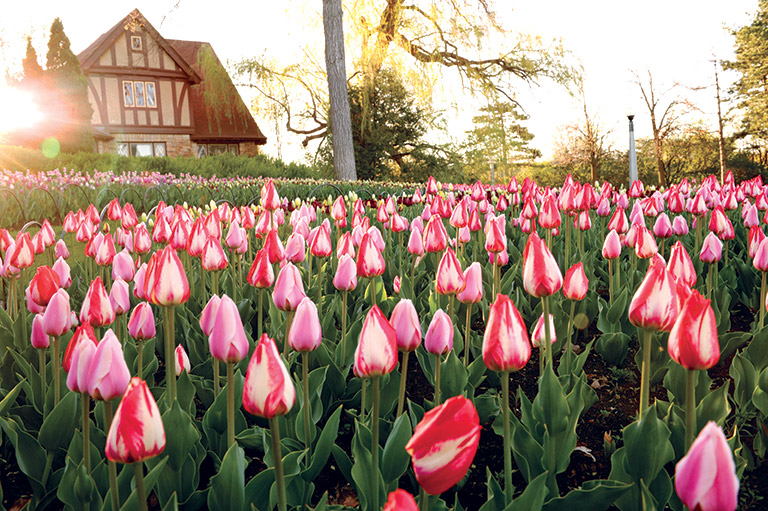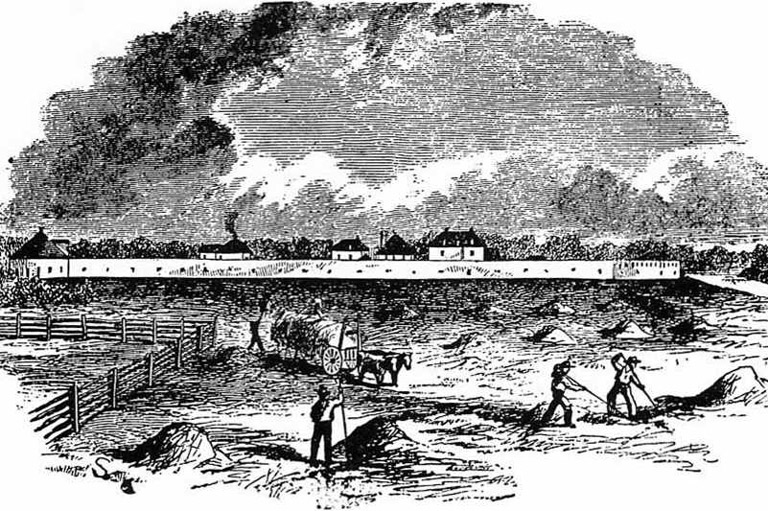The Past in Full Bloom
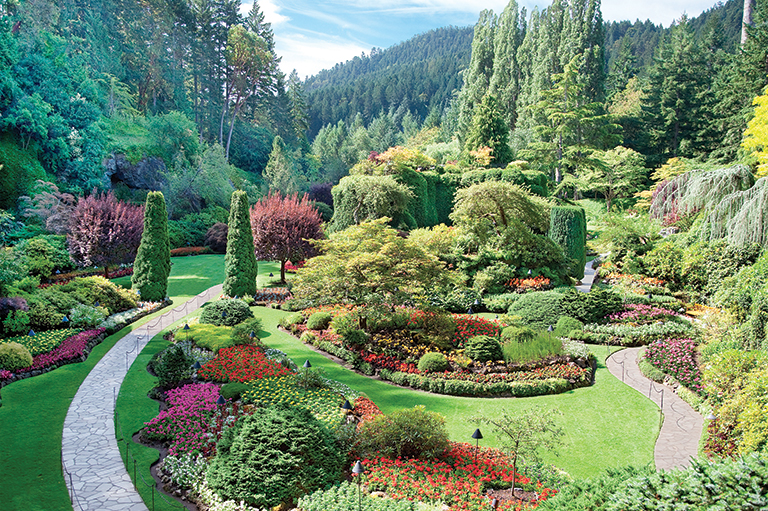
The Indigenous People’s Garden is one of several themed areas at the Leaf in Winnipeg’s Assiniboine Park and is surrounded by plants and grasses native to Manitoba. The main feature of the garden is a circular seating area with a ceremonial firepit designed to let visitors learn the history of Canada’s first inhabitants while providing the latter a place to share their traditions.
It’s part of a collection of public gardens across Canada that take visitors on journeys along gravelled walkways flanked by cultivated garden beds, or where manicured lawns transition into woodland paths that finally open onto fields of sunflowers.
Many of these gardens are National Historical Sites showcasing landscape practices and social trends from the eras when they were created. Others are living museums where rare and endangered plant species are cultivated, studied, and propagated.
Among them, Canada’s oldest university botanical gardens were established in 1916 at the University of British Columbia. Their original purpose of studying local flora is augmented today by a world-class research facility and by public gardens that house temperate plants and other unique species from around the world.
Public gardens often mirror the gardening traditions found in private landscapes. In 2020, a Nanos poll conducted on behalf of the Canadian Garden Council found that three in five Canadian adults spend time gardening.
In June 2021, at the urging of the council, the House of Commons formally declared 2022 the Year of the Garden. This recognizes Canada’s ornamental horticultural sector on the one hundredth anniversary of the Canadian Nursery Landscape Association, and Canada is the first country in the world to have made such a declaration.
Michel Gauthier, executive director of the Canadian Garden Council, promotes the importance of private and public gardens in shaping Canada’s cultural landscape. For instance, in Vancouver’s Stanley Park, the city’s first public garden was created in 1911 but later partly abandoned — until a massive windstorm in 2006 toppled surrounding trees, exposing it in all its wonder. Each garden has a story, and the gardens mentioned here connect visitors to Canada’s past while showcasing our ongoing affinity for garden life.
With 7 uniquely curated newsletters to choose from, we have something for everyone.
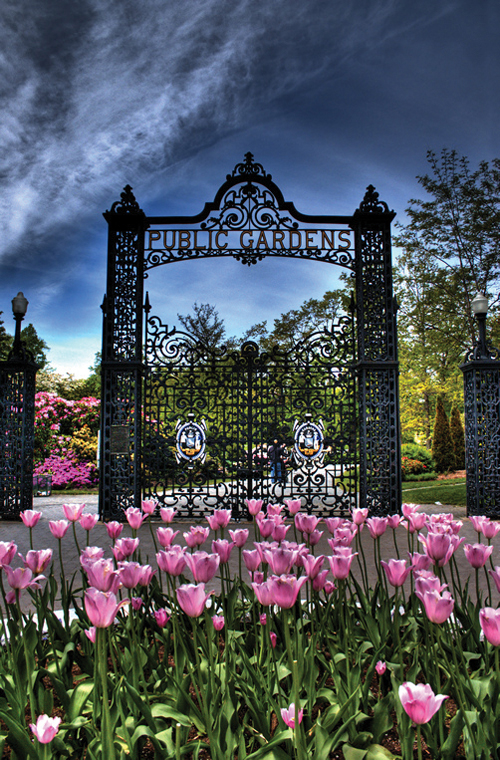
Halifax Public Gardens
Established in 1874 and recognized as a National Historic Site in 1984, the Halifax Public Gardens are set on a full city block in the heart of downtown Halifax. They stand as one of North America’s best surviving examples of Victorian landscape design and planting traditions.
The axially symmetrical design creates distinctive areas of semi-tropical foliage, while the garden beds are true to the Victorian preference of contrasting colours and plant texture. With its gingerbread woodwork and primary colour scheme, the bandstand continues the Victorian tradition and is the garden’s focal point. A popular backdrop for wedding photographs, it’s also a great spot for a selfie.
Butchart Gardens
In 1904, Robert and Jennie Butchart started a cement business on Vancouver Island. As the limestone quarry above their Tod Inlet home became depleted, Jennie dreamed of a grand garden that family and visitors could enjoy for generations.
With distinctively themed areas typical of an early twentieth-century estate garden, Butchart Gardens are a short drive north of Victoria and were designated a National Historic Site in 2004. The bedding-out system of mass planting is used to create intricate floral patterns and keeps the gardens authentic to the late-Victorian and early Edwardian eras.
The Sunken Garden at the bottom of the old quarry recalls the beautification movement of the late nineteenth and early twentieth centuries. That movement promoted turning unused urban spaces into places of natural beauty, with the intention of creating a more harmonious society and providing a better quality of life. The transformation of the eyesore defunct quarry broadly employed this principle and thereby realized Jennie’s dream.
Maplelawn Garden
Designated a National Historic Site in 1989, the gardens at Maplelawn in Ottawa’s Westboro neighbourhood are preserved as an authentic nineteenth-century country estate garden.
Built between 1831 and 1834 for Scottish-born farmer William Thomson, the oval drive leading to the house and the garden’s walled enclosures have remained intact. The plants growing inside the walls were chosen based on historical records and include the peonies for which the garden was famous.
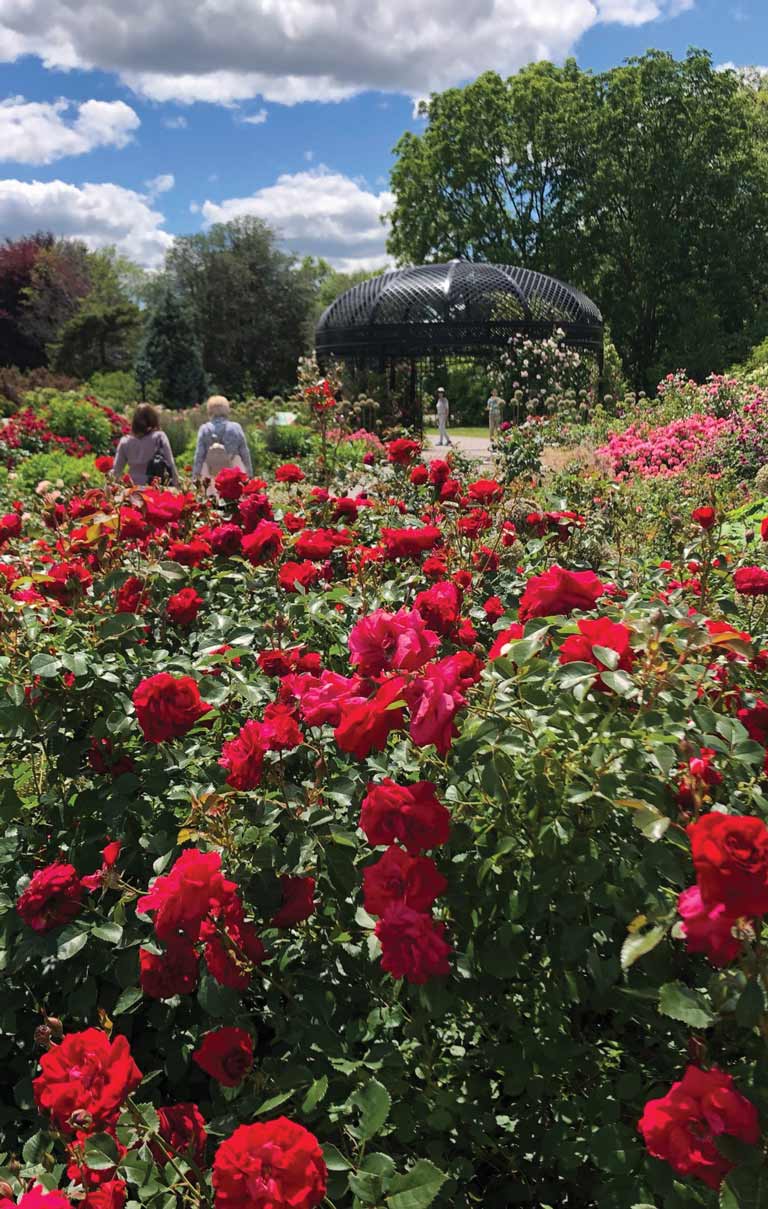
Royal Botanical Gardens
Located on the western tip of Lake Ontario, the 1,100-hectare Royal Botanical Gardens are the largest in Canada and form part of the Niagara Escarpment UNESCO World Biosphere Reserve. The area was once a parkway leading into the City of Hamilton, until the Ontario government enacted special legislation in 1941 to officially create the gardens. They were designated a National Historic Site in 1993.
The Royal Botanical Gardens’ horticultural collection, preserved ecosystem, and interpretive design make it a twentieth-century landmark of Canadian innovation. Within the gardens, the Katie Osborne Lilac Garden, begun in 1960, houses the largest living collection of lilacs in the world.
Carl Borgstrom, a founding member of the Canadian Society of Landscape Architects, is largely responsible for the Royal Botanical Gardens’ groundbreaking design of discrete gardens and a conservation area set within an urban region. This bold departure from the manicured lawns and groomed flower beds that had become synonymous with botanical gardens made the Royal Botanical Gardens historically significant from their beginnings.
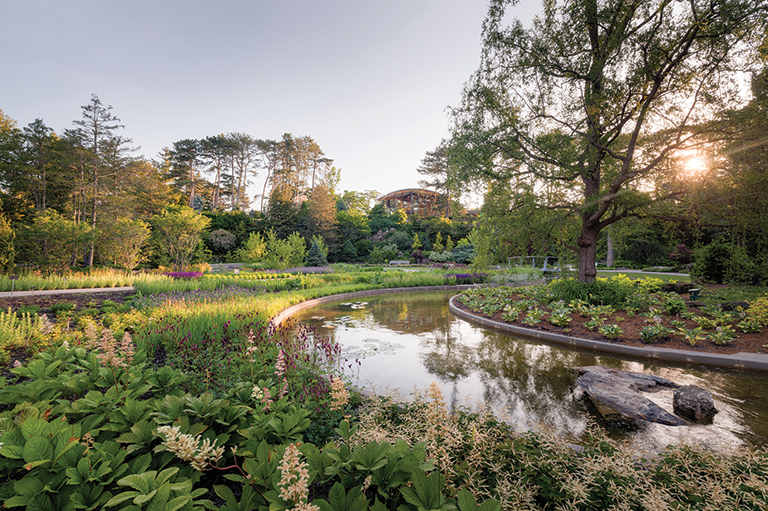
Reader Rock Garden
Designated a National Historical Site in 2018, the restored 1.65-hectare Reader Rock Garden Historic Park is located on a slope adjacent to Union Cemetery in Calgary and is a living memorial to its creator, William Roland Reader.
During his tenure as superintendent of Calgary Parks from 1913 to 1942, Reader collected and trialled more than four thousand different species in the rock garden he created above the slope of the city parks plant nursery.
The garden is internationally renowned for its plant diversity and is a place for Albertans to discover horticultural techniques suitable for the harsh prairie climate. Reader is also credited with transforming Calgary’s once-barren landscape into a treed city of lush foliage.
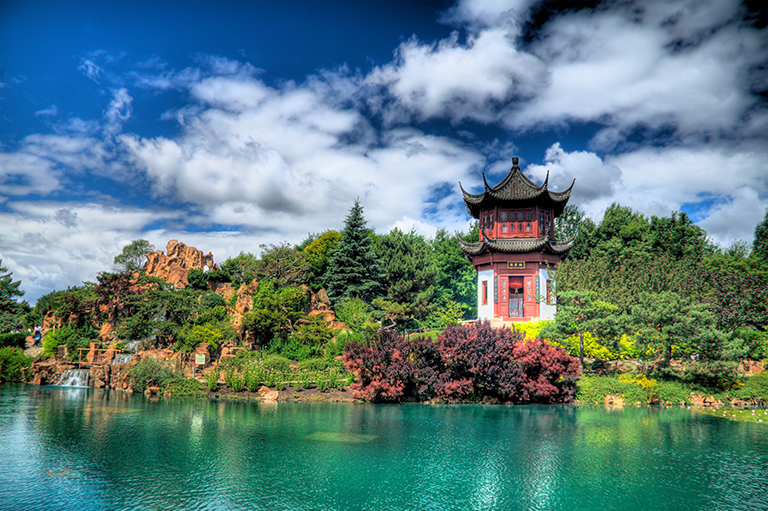
Jardin botanique de Montréal
Located near Montreal’s Olympic Stadium, the Jardin botanique de Montréal invites visitors to participate in a Japanese tea ceremony in a tranquil garden or to walk along a path covered by rare alpine plants.
Designated a National Historic Site in 2008, the garden was founded in 1931 after years of lobbying by Brother Marie-Victorin (born Conrad Kirouac), who was renowned as an educator and botanist. Remaining true to the purpose of a modern botanical garden — as a place of research, conservation, presentation, and education — the Jardin botanique de Montréal is considered one of the most significant botanical gardens in the world.
The 2.5-hectare First Nations Garden was, at its completion in 2001, the largest infrastructure in Montreal dedicated to the First Peoples of Canada. Tall trees stand over medicinal plants and artwork, emphasizing a connection to the natural world that’s being celebrated during Canada’s Year of the Garden.
Themes associated with this article
Advertisement
You might also like...

Canada’s History and its partners offer unique, history-based tours at home and abroad throughout the year.

Canada’s History Archive, featuring The Beaver, is now available for your browsing and searching pleasure!

